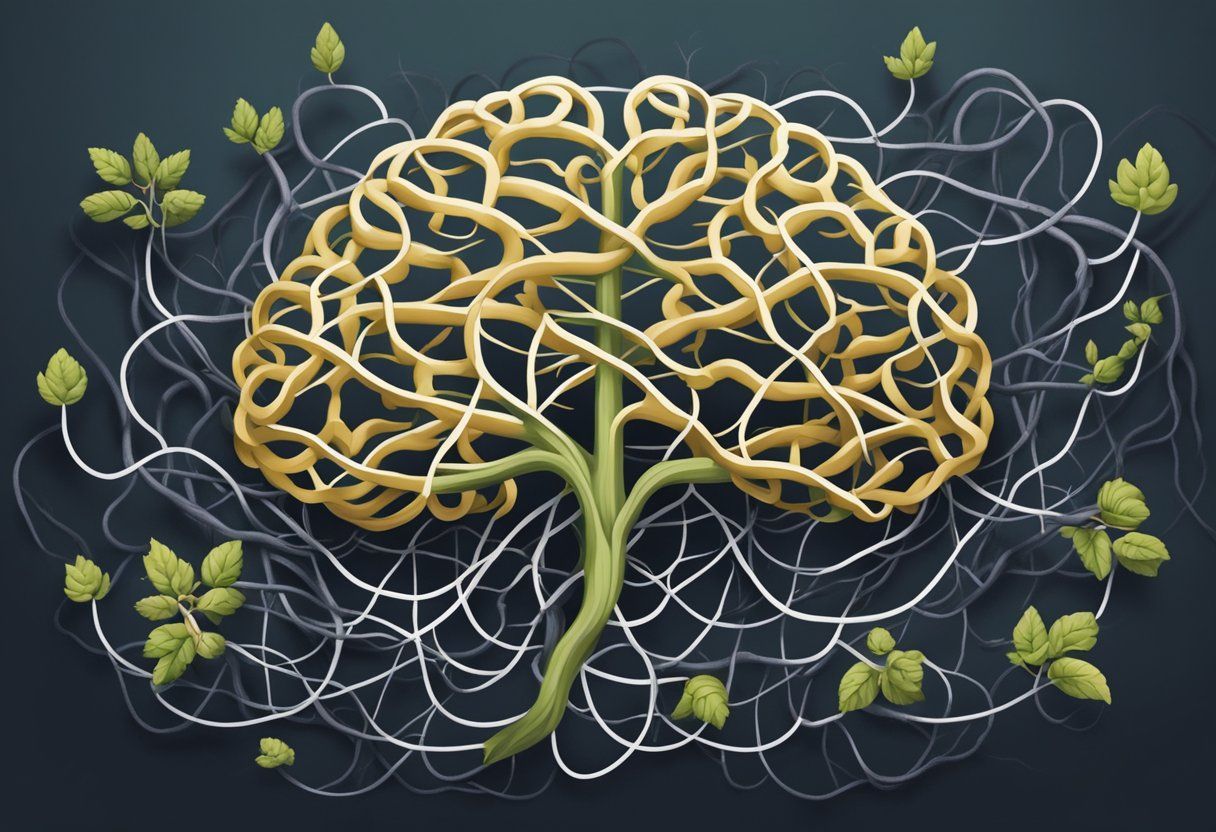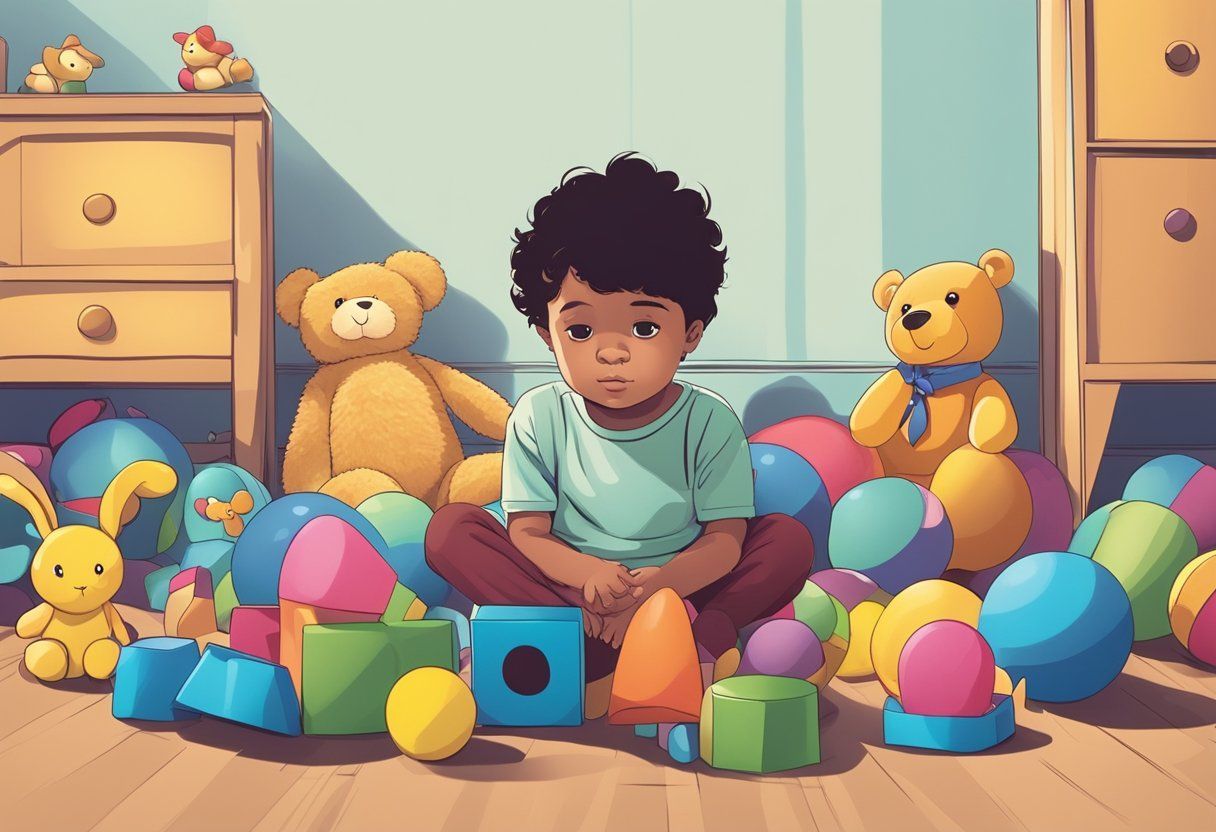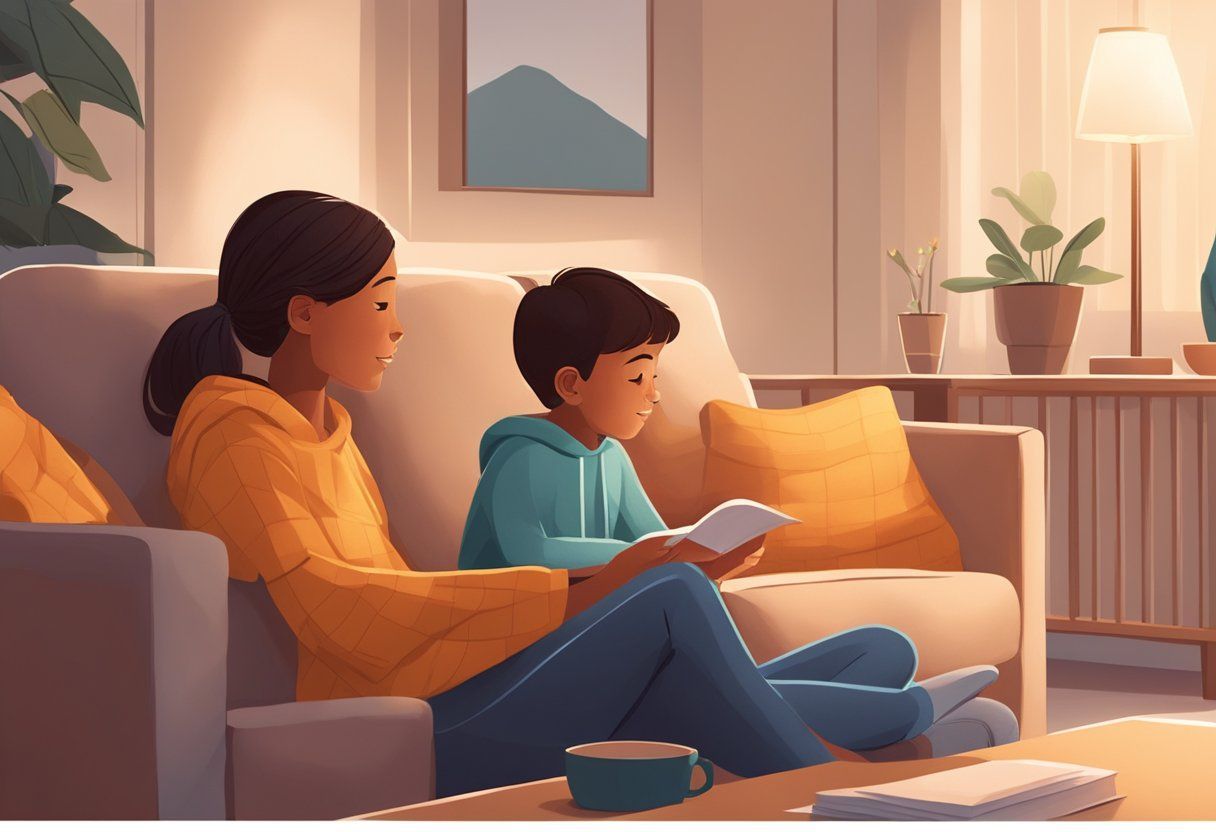BLOG
Categories
How to Talk to Your Child About Their Trauma: A Compassionate, Love-Based Guide
Understanding Childhood Trauma Through a Love-Based Lens
When we talk about trauma in the life of a child, we’re not just talking about a tragic event. We’re talking about an experience that’s prolonged, overwhelming, or unpredictable—something that shakes the foundation of safety and connection. And if that experience is left unexpressed and unprocessed, it embeds itself deep into the child’s nervous system. That’s trauma. And as a parent—especially an adoptive parent—you’ve got to know: this isn’t just about what happened. It’s about how the child experienced it and how that experience continues to live in their body and brain.
Types of Trauma—Through the Eyes of Your Child
Trauma doesn’t wear one face. It’s layered and complex:
- Acute trauma is the kind of trauma most people recognize—one event, one moment in time, like an accident or a natural disaster. But don’t mistake “one event” for “not that bad.” If it overwhelms the child’s capacity to cope, it’s trauma.
- Chronic trauma comes from the slow burn—daily experiences of neglect, emotional abandonment, or verbal abuse. It's the kind of trauma that quietly erodes the child’s sense of worth and safety.
- Complex trauma—this is the deepest layer. It’s what many of our adopted children have faced. Multiple traumatic events, often in caregiving relationships, where the very people who were supposed to protect were the source of fear. That’s confusion at the core level of development.
Understanding these categories isn't about labeling. It's about tuning in. It’s about seeing the child beyond their behaviors and meeting them in the place where they’re hurting the most—with compassion, not correction.
Signs of Traumatic Stress—What Your Child is Really Saying
Your child might not walk up to you and say, “I’m scared and I don’t feel safe.” Instead, they might lash out in anger, shut down in silence, or struggle to sleep. You might see aggression or anxiety. You might notice they’ve regressed—wetting the bed, clinging to you more than usual. They might even complain of stomachaches or headaches. Here’s the key: behavior is the language of trauma.
But don’t panic. Don’t pathologize. Instead, lean in. That behavior isn’t a problem to be fixed. It’s a story waiting to be heard. Your job is not to stop the behavior—it’s to hear the cry beneath it and respond not with more control, but with more connection.
What You Can Do—One Moment at a Time
Start by creating what I call oxytocin opportunities. These are moments of connection, of safety, of softness. Moments where your child feels you seeing them—not just the behavior, but the being behind it. Speak gently. Listen deeply. Validate their feelings, even when they don’t make sense to you. Because when a child feels felt, healing begins.
This is not a one-time conversation. It’s a process of presence. A daily decision to love through the chaos, to listen through the defiance, and to regulate yourself so your child can begin to feel what safety really is.
You’ve got this. And I’m here with you every step of the way.
Creating a Supportive Environment: Cultivating Connection in the Midst of Trauma
When a child has experienced trauma, they’re not just looking for answers—they’re looking for safety. And not the kind of safety that comes from locked doors or security systems, but the kind that comes from you. From your presence. From your energy. From the space you create in your home and heart.
Ensuring Emotional Safety—Your Presence is the Healing
The first and most powerful thing you can do to help your child feel emotionally safe is this: Be there. Not just physically, but emotionally—fully engaged, fully present. Your child doesn’t need perfect parenting. What they need is a parent who’s willing to stay regulated when they are not. That’s love in action.
When your child is melting down, shutting down, or spinning out—what they’re really saying is, “Am I safe? Can you handle me? Can I fall apart without losing you?” Let your answer be a calm presence. Listen with your whole body. Don’t interrupt. Don’t fix. Just be the safe space.
Pay attention to behavior—it’s the nervous system talking. Sudden outbursts, withdrawal, changes in sleep or eating—these are signals. Not signs of defiance, but of distress. Respond with curiosity, not control.
Cut down on noise—literal and emotional. Media overload, loud environments, unpredictable routines—these heighten stress. Keep it calm. Keep it consistent. Routines are like emotional anchors. They give your child a rhythm to dance with in a world that can often feel chaotic.
Fostering Open Communication—Building a Bridge of Trust
Want your child to talk? Show them they’re worth listening to. Ask questions, but more importantly—wait for the answers. Don’t rush. Don’t fill in the silence. Let their words come in their own time.
Use language they understand. Meet them at their level—not just cognitively, but emotionally. When you say, “That sounds really scary. I’m here with you,” you’re not just saying words—you’re helping them co-regulate.
It’s okay not to have all the answers. In fact, sometimes it’s better. “I don’t know, but I’m going to be here with you while we figure it out,” might be the most healing sentence you ever say.
And remember, emotions aren’t problems to be solved. They’re messages to be heard. Acknowledge every feeling—anger, fear, sadness, confusion—with gentleness. Validation builds trust. And trust builds connection. And connection—that’s where the healing begins.
Approaching the Conversation: Creating a Sacred Space for Connection and Truth

To truly show up for adopted children who’ve experienced trauma, educators must go beyond standard classroom training. These kids aren’t misbehaving—they’re struggling. And if we don’t understand their fear, we’ll misinterpret their pain. That’s why professional development isn’t optional. It’s essential.
Trauma Training Is a Mindset Shift, Not Just a Module
Trauma training isn’t about learning a new set of rules—it’s about seeing kids through a different lens. It’s about realizing that behind the outburst is a child whose brain and body are doing exactly what they were wired to do to survive.
Educators need to understand how trauma hardwires the stress response. How a child might lash out not because they’re disrespectful, but because their brainstem is firing a survival alarm. Or how a silent child isn’t “checked out” but frozen in fear. When you begin to see the fear, you stop seeing a “problem” and start seeing a person.
It also means doing our own work—looking at our triggers, our stress, our stories. Because what we don’t heal, we pass on. And every trauma-informed classroom starts with a regulated adult.
Responding to Behavior with Love, Not Control
A trauma-informed response says: I see your fear, and I’m not going anywhere.
That’s what empathy does. It leans in instead of backing away. It stays soft when everything inside wants to go hard. And it regulates—because you can’t co-regulate a child unless you’re regulated yourself.
Through the lens of empathy, we learn to create flexible classroom plans that meet kids where they are. We stop using punishment and start practicing presence. We build safety by adapting—not reacting. We offer structure without shame, boundaries without fear.
This doesn’t mean chaos. It means connection. Because connection is what regulates the nervous system, not consequences.
Partnering with Mental Health—Teamwork for Healing
You can’t—and shouldn’t—do this alone. Trauma healing is a team effort.
Bringing in school counselors, social workers, psychologists—this isn’t a weakness, it’s wisdom. Regular communication ensures you’re not just guessing, but truly aligning with what that child needs emotionally, behaviorally, and neurologically.
When teachers and therapists work in sync, the child experiences something powerful: consistency. And for a child whose early life has been marked by unpredictability, that consistency is everything.
Ultimately, professional development is about more than strategies. It’s about heart work. It’s about creating school environments where adopted children feel not just educated—but embraced.
Support Systems That Heal: Strengthening the Web of Love Around Adopted Children

When your child is working through trauma, the way you respond to their reactions—both emotional and physical—can be the difference between deepening connection or unintentionally increasing their fear. Remember this: in their most dysregulated moments, your child needs your calm more than your correction. Healing doesn’t come from fixing. It comes from feeling safe in relationship.
Validating Your Child’s Feelings—"I See You. I Hear You. I’m With You."
Validation is more than words—it’s presence. It’s looking into your child’s eyes and saying, “Yes, this is real. And I’m not afraid of your feelings.” Whether they’re scared, confused, angry, or shut down—your first job is to create space for those emotions without trying to minimize or manage them away.
Say things like:
- “It makes sense that you feel this way.”
- “You’re allowed to feel that. I’m not going anywhere.”
- “Thank you for sharing that with me.”
And then… be quiet. Let them speak. Or draw. Or cry. Or sit in silence. However they express themselves, meet them with curiosity and compassion—not control. Your posture, your eyes, your tone—they all speak regulation. They say, “You’re safe here.”
Keep it simple. Keep it slow. And always come back to this truth: feelings aren’t bad. They’re information. And when you honor that information, you create safety for your child to begin making sense of their story.
Maintaining Patience and Understanding—Regulation Over Reaction
Trauma recovery isn’t linear. Some days will feel like breakthroughs. Others will feel like breakdowns. That’s normal. That’s healing. It’s not about getting better every day—it’s about staying connected through it all.
Patience is love in motion. It’s choosing to stay soft when everything in you wants to shut down. It’s regulating yourself when your child can’t. That’s the real work—and the real healing.
When your child is struggling, remind them:
- “I’m here with you, even on the hard days.”
- “You don’t have to go through this alone.”
- “We’ll take it one moment at a time.”
Don’t try to rush the process. There is no “getting over it.” There is only moving through it, together, in relationship, one regulated moment at a time.
And when setbacks come—as they will—see them for what they are: opportunities to reinforce love. To say again, with your words and your presence, “I’m still here. You’re still safe. We’re still okay.”
Because when your child knows that nothing they feel can make you leave, that’s when trust is born. And from trust, healing begins.
Professional Intervention and Therapy: Partnering with Support on the Journey to Healing

There’s a moment in every healing journey where love and connection must be supported by something more—a helping hand, a trained voice, a heart that understands trauma from the inside out. Knowing when to reach out for professional support is not a sign of weakness—it’s wisdom. It’s love in action.
When to Seek Professional Help—Listening with Your Heart and Your Eyes
Your child’s behavior is a form of communication—it’s the nervous system whispering, “I’m overwhelmed. I need help making sense of this.” If fear lingers, if nightmares persist, or if your child begins to pull inward, these are not simply behavior issues—they’re red flags from a dysregulated nervous system.
If your child struggles to sleep, concentrate, or regulate their emotions, and if these challenges persist for weeks, it’s time to bring in professional support. Early intervention is not about pathologizing—it’s about preventing pain from becoming a permanent lens through which your child sees the world.
And hear this truth: you don’t have to do it alone. Partnering with a trauma-informed therapist can help untangle the pain. It creates a space where healing isn’t forced, but allowed.
Types of Trauma Treatment—Meeting the Child Where They Are
There is no one “right way” to heal. The best therapeutic support is the one that meets your child exactly where they are—emotionally, developmentally, and relationally:
- Cognitive Behavioral Therapy (CBT) helps older children reframe negative thought patterns and gain tools to manage their emotions.
- Trauma-Focused CBT (TF-CBT) blends structured thinking work with emotional support—delivered at a pace that’s safe and healing.
- Play Therapy gives young children the tools to express what they can’t yet verbalize. The toys become their voice, and the therapist becomes their translator.
- Art Therapy opens creative pathways to release trauma stored in the body. Sometimes the most profound healing happens without a single word.
- Talk Therapy can be a lifeline—especially when it’s consistent, safe, and rooted in unconditional positive regard.
- Group Therapy can reduce isolation. In safe community, children realize they’re not alone. That realization in itself is healing.
- Wraparound services provide holistic, coordinated support for families facing complex emotional and behavioral challenges. These services bring together therapists, educators, case workers, and family members into one unified team, ensuring your child’s needs are supported in every setting—home, school, and beyond. Wraparound doesn’t just treat the child; it holds the
whole family system with care and compassion.
Healing isn’t about fixing—it’s about becoming whole. It’s about giving your child space to feel, to process, to trust again. It’s not a fast path. But it is a faithful one. And every step you take in love, regulation, and support—whether with a therapist, through Wraparound services, or simply by staying present—is a step toward deep, lasting transformation.
And let’s not forget: healing is a family affair. When you heal, your child heals. When you grow in presence and peace, they grow in trust and truth. This is the power of love in motion.

Frequently Asked Questions
What signs might indicate my child is experiencing emotional trauma?
Look for changes in behavior, such as unusual mood swings or withdrawal from activities they once enjoyed.
Sleep problems and trouble in school might also be signs. Keeping an eye on these can help you spot potential trauma.
How can I support my child's healing from trauma?
Provide a stable routine and show open support and love. Encourage them to express their feelings and listen carefully when they do.
Professional help can be beneficial, too, so consider therapy if needed.
What behaviors are common in children who have endured trauma?
They might have trouble concentrating or experience nightmares. There could be heightened anxiety or irritability.
Some kids might regress in their development, like bedwetting, or display outbursts of anger.
In what ways can I pursue effective discipline for a child who has suffered trauma?
Maintain calm and consistent discipline. Focus on positive reinforcement and set clear boundaries.
Avoid harsh punishments, as they can make the situation worse. Instead, aim to teach and guide.
How can school personnel assist a child dealing with trauma?
Teachers and counselors can create a supportive school environment.
They should communicate with parents and be aware of the child's needs. Additional resources like school psychologists can be valuable.
What should parents consider before sharing their own trauma with their children?
Assess whether sharing will help or burden your child.
Consider their age and emotional maturity.
If you decide to share, speak in simple terms and focus on how you managed to cope. This can offer them hope and strategies.
RECENT POSTS



Bringing and keeping families together!






